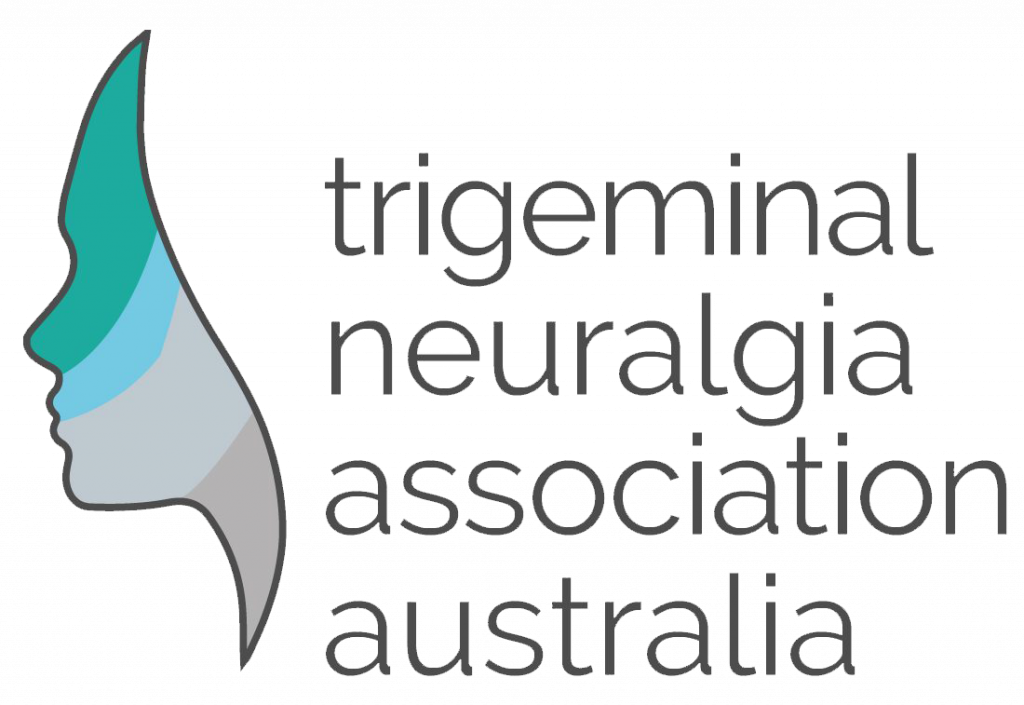We are constantly looking for treatments which may have an application to relieve neuropathic pain.
In 2002 an Australian Doctor Hugh Spencer published his story about utilising capsaicin to cure his own trigeminal neuralgia. His process required making a mouth guard from an imprint of the patient’s teeth, adding a cloth brushed with capsaicin and rubbing alcohol, and adding to the outside of the guard to have contact to the gums. The process took time and effort and the treatment not very pleasant in the short term, however his pain receded and eventually disappeared.
In the following years there has been research completed on the benefits of capsaicin.
Capsaicin – Chemical compound
Capsaicin is an active component of chili peppers, which are plants belonging to the genus Capsicum. It is a chemical irritant and neurotoxin for mammals, including humans, and produces a sensation of burning in any tissue with which it comes into contact. Wikipedia
- Formula: C18H27NO3
- Scoville scale: 16,000,000 SHU
- Heat: Above peak; (pure Capsaicin is toxic)

High concentration topical capsaicin for chronic neuropathic pain
Published by Dr Hanan Khalil May 2017
369 participants included patients with peripheral diabetic neuropathy reported. The study reported that 10% more participants had at least a 30% reduction with high-concentration capsaicin than with placebo at 8 and 12 weeks of treatment.
Four studies included 1,272 participants with post-herpetic pain and found improvement of pain intensity reduction of 30% or greater in favour of the intervention compared to the control group.
Adverse events were common but not significantly different between the control and intervention groups. Withdrawal rates did not differ between the two groups. The treatment was not associated with death. The included studies that reported on pain reduction in favour of the intervention also reported on improvement of sleep, fatigue, depression and quality of life of the participants.
Conclusion
The small number of trials included in this summary found that high concentration of capsaicin was effective in reducing neuropathic pain associated with diabetes, HIV and post-herpetic neuralgia. There was also additional improvement of sleep, fatigue, depression and quality of life amongst the participants using the high concentration of capsaicin.
Implication for practice
High concentration topical capsaicin can be used to relieve neuropathic pain. Further studies on the effects of its long-term use in patients with chronic neuropathic pain are warranted.
DR HANAN KHALIL is the Director of the Centre for Chronic Disease Management, a collaborating centre of the Joanna Briggs Institute, Faculty of Medicine, Nursing and Health Sciences, Monash University, and a reviewer for the consumer group of the Cochrane Collaboration. She is also Editor in Chief of the International Journal of Evidenced Based HealthCare.
The purpose of this evidence summary is to provide the best available evidence for the effectiveness of vitamin E for managing mild cognitive impairment and Alzheimer’s dementia.
For the Full Cochrane review, please refer to: Farina N, Llewellyn D, Isaac MG, Tabet N. Vitamin E for Alzheimer’s dementia and mild cognitive impairment. Cochrane Database of Systematic Reviews 2017, Issue 1. Art. No.: CD002854. DOI: 10.1002/14651858.CD002854. pub4.1
References
- Derry S, Rice ASC, Cole P, Tan T, Moore RA. Topical capsaicin (high concentration) for chronic neuropathic pain in adults. Cochrane Database of Systematic Reviews 2017, Issue 1. Art. No.: CD007393. DOI: 10.1002/14651858.CD007393.pub4
- van Hecke O, Austin SK, Khan RA, Smith BH, Torrance N. Neuropathic pain in the general population: a systematic review of epidemiological studies. Pain 2014;155(4): 654–62. [DOI: 10.1016/j.pain.2013.11.013]
- Pergolizzi J, Ahlbeck K, Aldington D, Alon E, Coluzzi F, Dahan A, Huygen F, Kocot-Kępska M, Mangas AC, Mavrocordatos P, Morlion B. The development of chronic pain: physiological CHANGE necessitates a multidisciplinary approach to treatment. Current medical research and opinion. 2013 Sep 1;29(9):1127–35.
- Khalil H. Painful diabetic neuropathy management. International Journal of Evidence-Based Healthcare. 2013 Mar 1;11(1):77–9.
- Anand P, Bley K. Topical capsaicin for pain management: therapeutic potential and mechanisms of action of the new high-concentration capsaicin 8% patch. British Journal of Anaesthetics 2011;107(4):490–502. [DOI: 10.1093/bja/ aer260]
Other Research
Capsaicin 8% Dermal Patch: A Review in Peripheral Neuropathic Pain
The association does not recommend a particular treatment for trigeminal neuralgia. Please always consult your medical practitioner to discuss products and options appropriate for your specific care.






